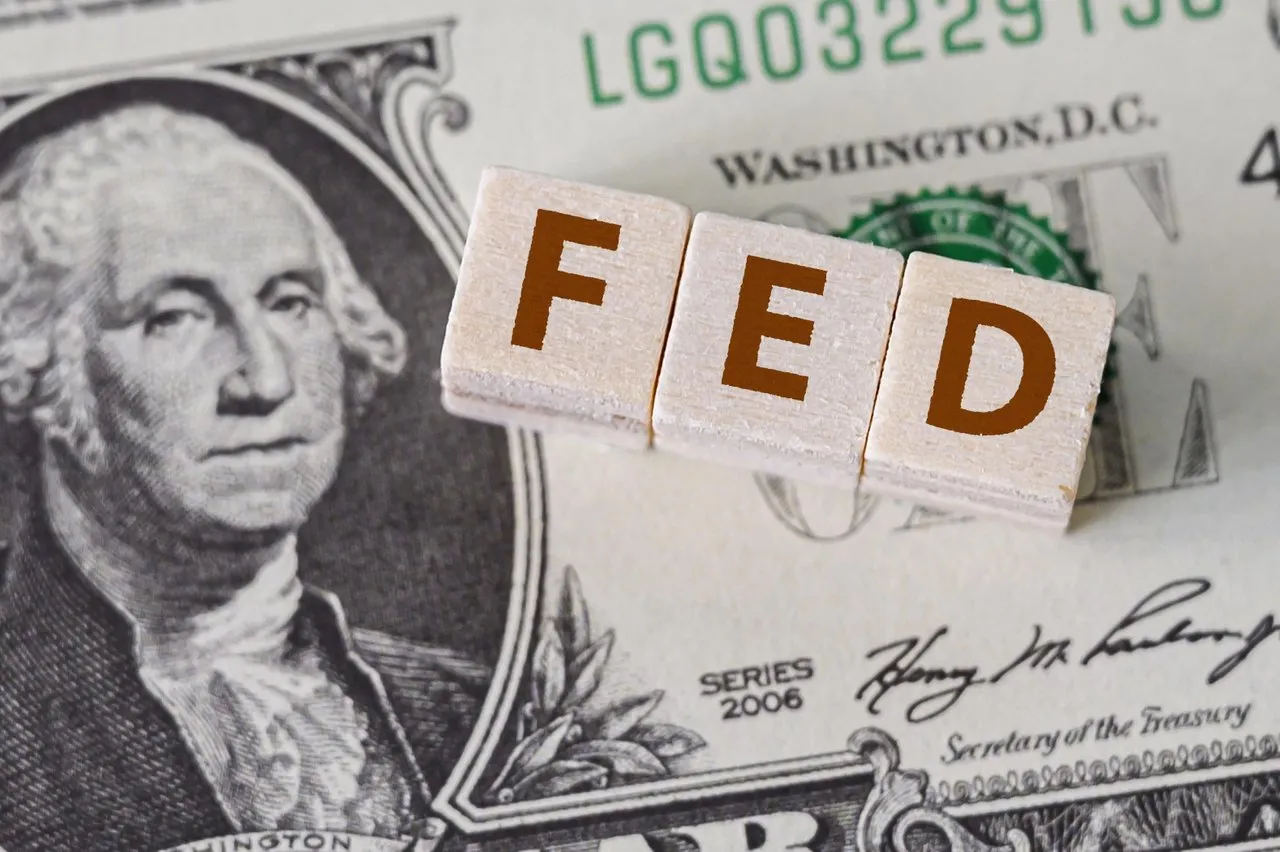Months of speculation and market adjustments have led to a significant shift in traders' perspectives, with the once-unlikely notion of no rate cuts in 2024 gaining traction. Moreover, the possibility of an additional rate hike by the U.S. Federal Reserve is now a topic of serious consideration.

Image Source
This change in mindset is largely due to recent inflation data, with the consumer-price index for January revealing higher-than-expected figures. This was further reinforced by the producer-price index for the same month, signaling that the Federal Reserve's battle against inflation is far from over.
Ben Emons, a senior portfolio manager and head of fixed income at NewEdge Wealth, New York, points to emerging options on the Secured Overnight Financing Rate indicating a slight chance of another Fed rate hike in the coming months. Adding to the discourse, Bill Dudley, the former New York Fed president, highlighted in a Bloomberg News piece the possibility that the current interest rate range of 5.25%-5.5% might not suffice to curb U.S. economic growth.
Emons, in a note titled “Flirting Rate Hike,” suggests the market is toying with the idea of the Federal Reserve needing to increase rates once more. This speculation is not without basis, as several members of the Federal Open Market Committee (FOMC), including Chairman Jerome Powell, have not dismissed the potential for further hikes.
The notion of an additional rate increase has been a topic of speculation since last summer and has recently regained attention. This resurgence aligns with the Federal Reserve's cautious stance, as communicated by various FOMC members.
Speculation on Federal Reserve policies had been active even before the release of the January CPI report. Jason Williams of Citigroup and analysts at Credit Suisse had previously contemplated the adequacy of the Fed's interest rate strategies in controlling inflation.
The financial markets face immediate risks from the potential of a Fed rate hike, not currently reflected in the 10-year Treasury yield or equity markets. Such uncertainties can disturb stock investors by increasing the future costs of business operations. Despite these concerns, the 10-year Treasury rate recently saw a slight decrease, marking a trend of lower finishes in recent sessions.
Historically, the Federal Reserve's meeting minutes from early January indicated that officials were open to the possibility of further rate increases. However, market participants had been optimistic, anticipating several rate cuts throughout the year—a sentiment that has now evolved with the latest inflation data.
Investors are keenly awaiting the Fed's upcoming communication, particularly the minutes from the January 30-31 meeting, for insights into policymakers' views on inflation and its implications for future rate cuts. Economist Derek Tang emphasizes the importance of understanding the Fed's threshold for rate adjustments in response to inflation trends.
As financial markets digest these developments, the anticipation for the Federal Reserve's next moves remains high. The broader economic implications of these decisions will undoubtedly shape investment strategies and market sentiment in the months ahead.